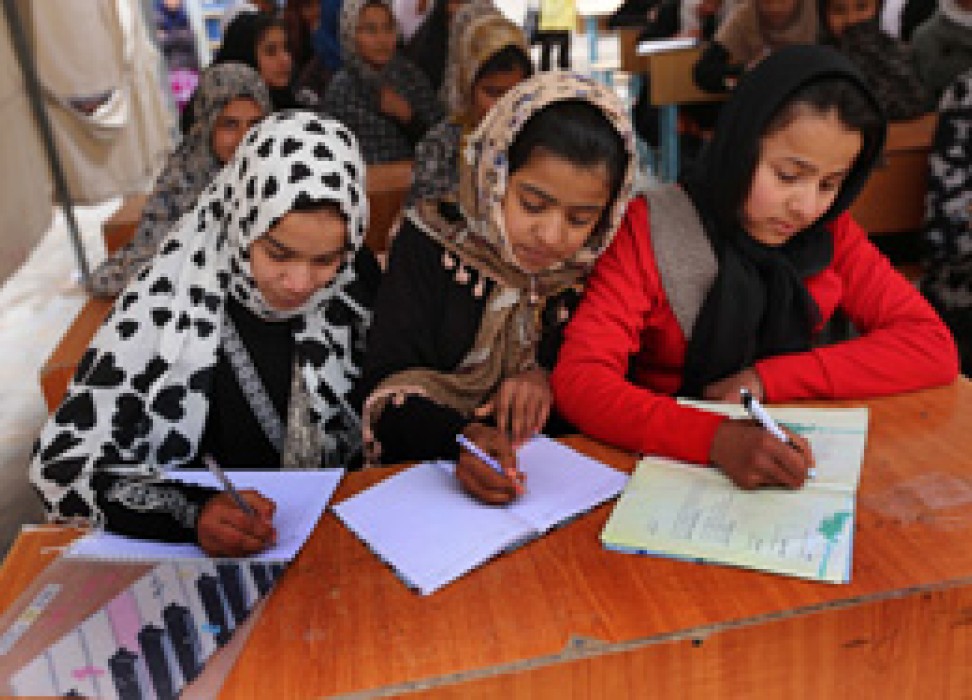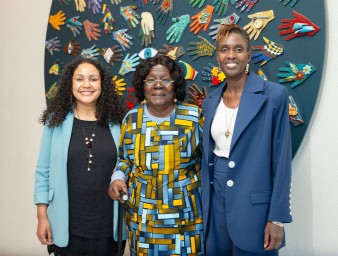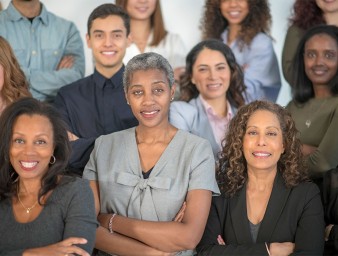Education unlocks the doors to all other rights
05 August 2014

In recent decades, there have been enormous global strides in getting girls to school and matching boy/girl educational achievement. However, the disparities are still marked and particularly so, in the more disadvantaged regions of the world. UNICEF estimates that in 2011 of the 57 million children of primary school age out of school, more than half of them were girls. The majority of these children are from sub-Saharan Africa and about one fifth from South Asia.
UN Human Rights Chief Navi Pillay, speaking at a gathering on girls’ right to education, in Geneva, noted the improvements but also drew attention to the “shocking inequalities in a number of States and regions.”
The Committee on the Elimination of Discrimination against Women (CEDAW), organised the discussion as the first step in drafting a General Recommendation aimed at supporting efforts by governments to bridge the remaining gaps, which continue to prevent girls from going to school and achieving the same career outcomes as their male counterparts.
In her address, Pillay noted that girls are still far more likely than boys to be performing unpaid work at home, including looking after other children, cooking and cleaning, they are less likely to go to school, and they are more likely to drop out for lack of support at home and at school.
“Women are still under-employed, underpaid and otherwise undermined – in fields ranging from their personal autonomy to participation in politics, their unequal domestic burdens and the far greater violence that they endure,” she said.
Mariam Khalique, the principal of the Khushal School and College in the Swat District of northern Pakistan and a former teacher of school-girl Malala Yousafzai also addressed the consultation. In 2012, when she was 15, the Taliban attempted to assassinate Malala in retaliation for her outspoken campaigning in support of girls’ education.
In Swat, Khalique said, there are 1014 schools for boys and 603 schools for girls.
She described the difficulties that girls in that region face, particularly after grade 5. Teenage girls must have a male relative escort them to school and are not permitted to use public transport. It is still common, Khalique said, for girls to be used as domestic labourers and they are often married off as children.
Khalique called on governments to ensure education is compulsory and free and that all schools are of uniform standard. Education, she said, unlocks the doors to all other rights.
Pillay said the continuing disparity between genders underscores the fact that education has not addressed the strategic needs of women, a conclusion the Committee has also reached and is now addressing through the drafting of its General Recommendation on the right to education.
Article 10 of the Convention on the Elimination of All Forms of Discrimination against Women requires States parties to “eliminate discrimination against women in order to ensure to them equal rights with men in the field of education”.
5 August 2014



